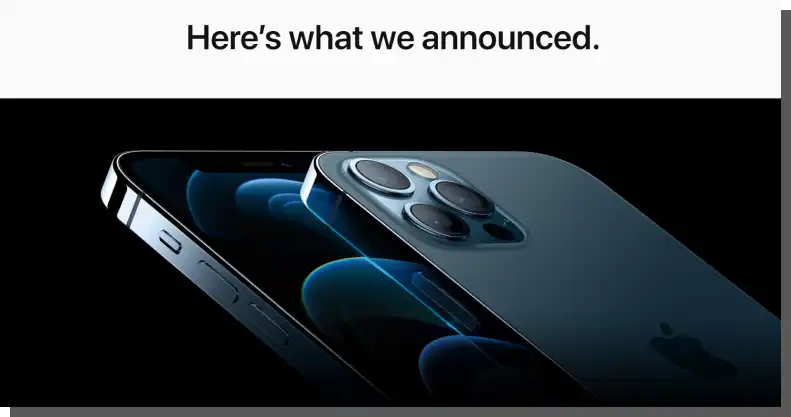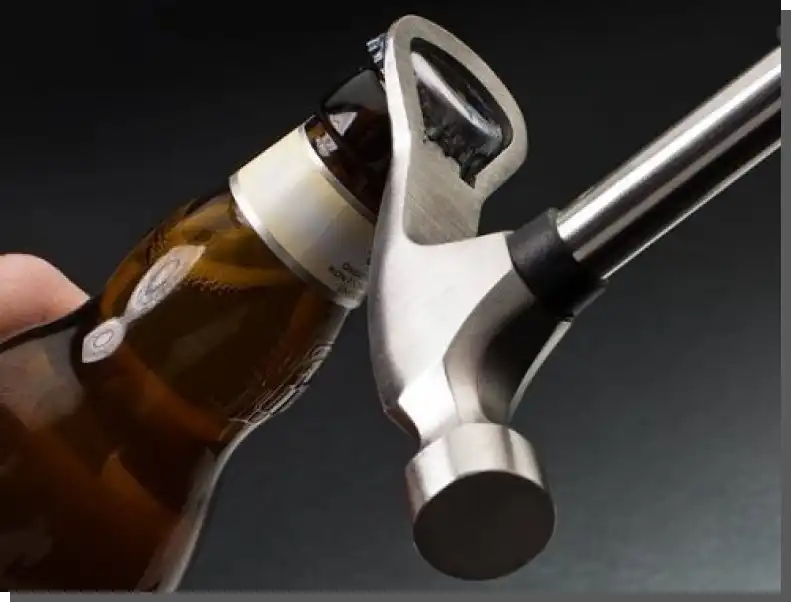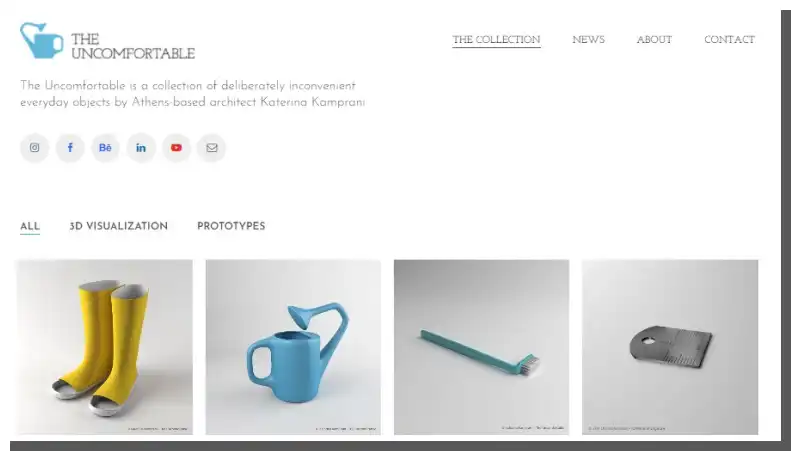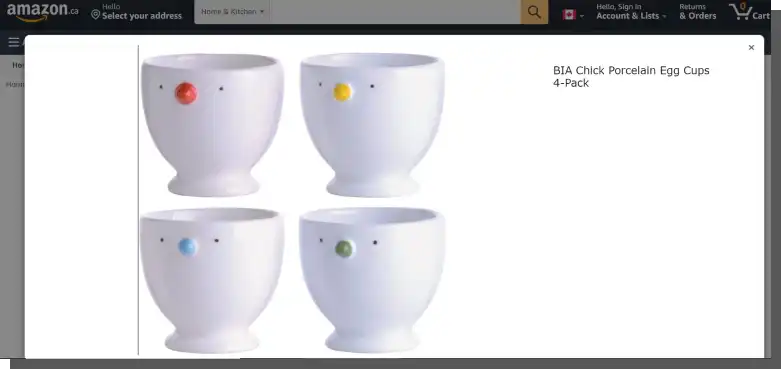Usability? Or desirability? What's more critical in UX design? It may seem like an attempt to settle a dilemma of which came first, the chicken or the egg. Overall, why does it matter? All that counts is that the scrambled eggs are tasty.
Nevertheless, today, we'll discuss the problem of the usability and desirability of digital products for a straightforward and meaningful reason.
Omitting one of these traits or favoring one over the other causes more damage than good. This mistake can significantly impact sales results, loyalty, and conversion.
Failing to balance usability and desirability is often the death knell for many great ideas. To create a great product, you must use usability and desirability to your advantage.
In other words, if you don't want to lose money and customers, read the benefits of making digital products that offer high usability and desirability.
Application design: Is usability or desirability more critical?
Although it's a common problem (in UX and UI), the question is incorrectly formulated. We need to emphasize this immediately: Mobile UX design and web UX design aren't meant to achieve the highest possible usability. It's certainly not the only goal.
Application design is also not about creating digital products that are as desirable as possible and appreciated for their aesthetic qualities and the engagement they evoke in users. This wouldn't be enough even for the undemanding user, and almost every UX designer knows this.

So what is the point? We must first present you with fundamental distinctions and definitions to make sense of all this. Oh well, it can't be helped. A little theory is necessary. No one has yet gone crazy from a bit of theory. So, let's start with the egg and the chicken.
Four elements of user experience
While reading various articles on user experience, you may often encounter an expression that can be confusing for those less familiar with UX. Namely, user experience is frequently equated with usability. These terms are used interchangeably or as synonyms.
This is understandable to some extent, and authors of this kind of inconsistency can be forgiven. You need to know that usability is one of the four elements of user experience.
The remaining three are:
- Value
- Adoptability
- Desirability
If the product allows users to achieve goals, perform tasks satisfactorily, and meet their needs, it represents value to them. This makes it precious or even irreplaceable.
In turn, adoptability requires a proper workflow design. The first contact with the product can't be a source of uncertainty, misunderstanding, or frustration. In other words, the first use needs to be as simple and encouraging as possible.
What is desirability? It's a trait of a digital product that makes users enjoy its use. Users simply like its design, aesthetic, and how it works.
For each of these dimensions and traits, you can assign one crucial question to which you should find a good answer in the digital product's design and development process.
When thinking about:
- Value: Will the product be useful?
- Usability: Will the product be easy to use?
- Adoptability: Will it be easy to start using it?
- Desirability: Will the product be engaging, and will it be a source of positive emotions?
According to a different distinction — its assumptions are the same, but the focus is shifted — user experience consists of the following:
- Usability
- Utility
- Desirability
- Brand experience
Often, relations between these concepts are presented with concentric circles indicating which term is part of the term with a broader scope. And yes, user experience is the broadest concept. It includes desirability, which encompasses usability. Within usability, you will find utility.
All clear? Okay, one more time.
Without utility, there is no usability. Without usability, there is no desirability. And without desirability, there is no brand experience. Thus, there is no good user experience.
In other words, if you want to build a new product that people will find needed, convenient, essential, and worthy of respect and recognition, you must consider making a good impression and improving each element.
The second distinction isn't new. It first appeared in 2008, and its authors are researchers from Nielsen Norman Group, which shouldn't surprise you.
And if anyone knows what they're talking about, it's researchers from the NN Group. It's worth taking a moment and seeing what they have to say.
In summary, user experience is a complex and multifactor phenomenon. Every factor is essential. However, only their sum, mutual alignment, and harmonization provide the best result. Hence, delegating a separate team to each dimension that doesn't work alongside the others won't be helpful.
You need to look at user experience in a holistic way, as a structure of various needs. And you should develop digital products in such a collaborative and interdependent way.
Indeed, it's a troublesome, complicated, and work-consuming task, but it brings good results. It improves users' relationships with the products, brand, or company and supports building strong bonds, relations, and loyalty.
Returning to our initial question, it should now be clear that it's incorrectly formulated. However, it's simultaneously crucial, and you should find an answer to it. Understanding the importance of these distinctions can bring many benefits to your business. These aren't academic dilemmas but quite practical issues. Let's take a closer look at them.
What is usability?
Alright. If the above distinctions seem too abstract, imagine a hammer. Now imagine its handle is not straight and handy but more like a zigzag.

Is it possible to hammer a nail with such a tool? With a lot of determination, it's possible. Is a hammer like that useful? In theory, yes. In practice, no one will want to buy or use it. It has utility but not usability.
However, don't be fooled by the belief that equipping the hammer with a typical handle is enough to make it a source of positive user experience and desirable.
UX is the sum of all elements, of which usability, utility, and desirability are the most controllable, shapeable, and optimizable.
According to the ISO 9241-11 standard, usability means achieving goals effectively, efficiently, and satisfactorily.
What is desirability?
You already know what usability is. Now, it's time to define desirability. A desirable product is one that users want to use. It's chosen from among numerous competitors due to its utility and usability and subjective emotional and aesthetic needs related to how users interact with it, what impression it makes, and how it works.
Naturally, there is no one solid formula that would allow you to transform an average product into a desirable one. Sometimes it will be aesthetic and design (e.g., Apple Watch), sometimes reputation, and sometimes originality.
Each time, strong positive emotions and satisfied needs are behind it. A desirable product can strongly engage and strengthen user flow.
What affects the desirability of a product?
Users and consumers find a product desirable when it:
- Has an eye-catching design.
- Solves their problems and meets their needs.
- Has a strong emotional appeal.
- Is effective and efficient.
From this, we can conclude that UI/UX designers and product designers have a considerable influence on making a product desirable since they're mainly responsible for designing the user experience and appearance of an application or products in general.
To make a product desirable, designers need to put considerable effort into the emotional design of a product.
The difference between usability and desirability
Usability, as a narrower term, refers to the efficiency and effectiveness of task performance. It's easier to "track," express numerically, and capture with concrete measures and metrics.
Desirability is more subjective. Sometimes, it's hard for users to justify the special bond, satisfaction, attachment, and contentment they feel while using a mobile or web application. It's an emotional reaction.
It's worth remembering the dependencies that occur between these traits. A product that has maximal usability isn't always desirable. However, a desirable product almost always has high usability.
All you need to do is look at a store shelf with hammers. Their aesthetic, presentation, and packaging refer to our emotional needs. In fact, there is no need for hammers to be usable and desirable simultaneously.
What's important for users is that both traits usually merge into one, and the product is what they want it to be. So, it's not a matter of choice or making usability and desirability the main lure (although that often happens). It's a matter of achieving the best possible effect in all dimensions. You can't think about a choice but rather about complementarity.
Between a rock and a hard place: Usability and desirability of applications
The matter seems straightforward in theory but sometimes looks different in practice. It's not just an issue of theoretical ideals, design patterns, or best practices but also the dynamic of collaboration within a team and between the customer and UX agency.
Frequently, the customer focuses on usability, which is understandable and justifiable. Unfortunately, they often don't want to hear about desirability, which is treated as an addition, especially if it involves the need to implement compromises.
If the hammer hammers nails, why should you invest in its appearance and qualities beyond functionality? The answer seems as obvious and straightforward as challenging to understand.
We live in a highly competitive world in which the usability of products is not enough to buy them.
Only the combined effect of usability, utility, desirability, and brand experience makes it possible to compete successfully, increase sales, build brand image, improve indicators (e.g., ROI), and deepen customer loyalty.

Usability or desirability of applications? Now you know that it's an artificial problem. Usability and desirability in UX aren't a matter of choice but complementarity.
How to improve usability?
You should optimize usability each time based on research conducted with users. Nevertheless, it's worth remembering aspects that, regardless of the nature of the project, support the improvement of usability.
The most recommended activities include the following:
- Reduction of rarely used functionalities, an overabundance of information, distractors (elements that disrupt the focus of attention), and form fields
- Minimization of the need to scroll subpages
- Reduction of the number of clicks required to complete a task
- Simplification of instructions, alerts, descriptions, menus, and navigation
- Reduction of page loading time
- Relocation of important elements above the fold
- Adjustment of the size of fonts, color contrasts, button sizes, and links to the needs and capabilities of users
- Improvement of readability of text blocks
- Improvement of the comprehensibility of error messages
- Improvement of consistency of application's elements
- Improvement of the visibility of the system status
- Increased user control over the system
- Improvement of the legibility and minimalism of graphics and layout
How to improve desirability?
Desirability can also be researched, and it should be improved based on results that determine whether the product:
- Fulfills important users' needs satisfactorily
- Uses the potential of the first-impression effect
- Inspires trust and credibility through, among other things, trustmarks, testimonials, and independent opinions
- Facilitates decision-making or performing actions
- Provides the context for activities that support engagement.

Moreover, desirability:
- Reduces limitations and barriers
- Enables conducting experiments, making discoveries, and optimizing and individualizing activities, effects, and goals
- Mobilizes action and is a motivator
- Evokes emotions and is a source of pleasure.
Usability and desirability of applications in UX design. Summary
- Optimizing or improving only digital product usability or desirability is a design mistake.
- Desirability and usability are essential elements of user experience (next to the utility and brand experience).
- Desirability is a broader term than usability.
- While creating digital products that people will find needed, convenient, essential, and evoking emotions, you need to properly balance and improve each of the four elements of user experience.
- User experience is a multifactor phenomenon. The best result is the sum of all factors, their mutual alignment, and harmonization.
- Usability is the ability to achieve goals effectively, efficiently, and satisfactorily.
- A desirable product can strongly engage and strengthen user flow.
- Usability, as a narrower term, refers to the efficiency and effectiveness of task performance.
- Desirability is a subjective emotional reaction, thanks to which the user creates a bond with a mobile or web application and feels satisfaction and pleasure while using it.
- Desirability and usability can be improved and optimized based on research.
- UX design is a process that should be understood as using the combined effect of individual traits and elements.
- Users like digital products that are simultaneously functional, emotional, and engaging.
- Utility and desirability of digital products are the most important at the early stages of use. The role of usability grows with the time of use.
- Remember that the usability and desirability of a web application, as well as the desirability and usability of a mobile application, don't stand in opposition.







